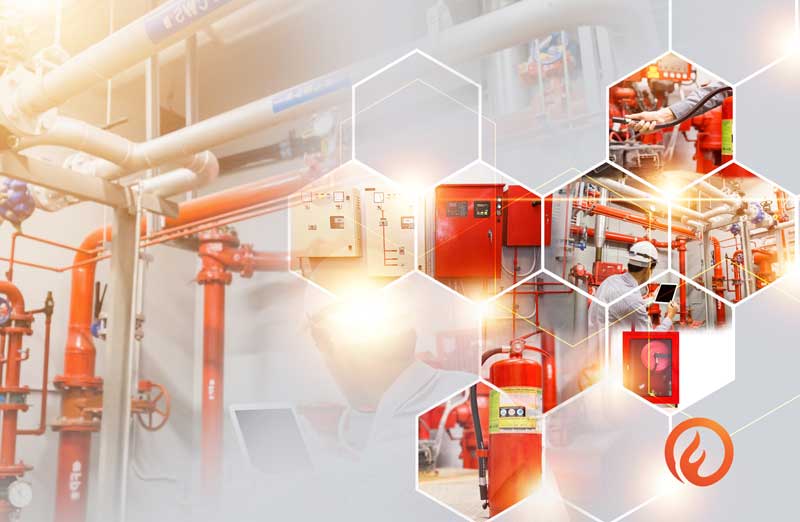- Design Smarter, Not Harder: How FireCAD®️ Powers Growth for Small and Mid-Sized Contractors - April 22, 2025
- The Hidden Costs of Free CAD Tools: Why Smart Fire Alarm Contractors Choose FireCAD®️ - April 8, 2025
- Pass AHJ Reviews the First Time: How FireCAD®️ Helps You Get Approved Faster - March 15, 2025
All buildings, regardless of occupancy classification, deserve the highest quality fire protection. However, buildings that are classified as industrial occupancy often contain hazardous materials, and/or house operations that involve high fire hazard risks. Here is how the National Fire Protection Association (NFPA) 101 Life Safety Code defines industrial occupancy, including subclassifications of industrial occupancy, and some of the most common business operations that may take place in these buildings.
What is Industrial Occupancy?
According to NFPA 101 Life Safety Code building occupancy classifications, an industrial occupancy facility is “any building, portion of a building, or group of buildings used for the manufacture, assembly, service, mixing, packaging, finishing, repair, treatment, or other processing of goods or commodities by a variety of operations or processes.”
Subclassifications of Industrial Occupancy
The NFPA Life Safety Code has three subclassifications for industrial occupancies, according to their usage types.
General Industrial Occupancy
General industrial occupancy buildings are those where the operations within involve low or ordinary hazard materials, processes, or contents. Often, these buildings are occupied by a high density of employees. Some of the most common examples of general industrial occupancies are:
- Electronic and metal fabrication operations
- Textile mills
- Automobile assembly operations
- Steel mills
- Clothing manufacturing operations
Incidental High Hazard Industrial Occupancy
Incidental high hazard industrial occupancies are buildings designed for (and suitable only for) specific types of special purpose industrial operations. Often, these buildings have a lower employee density because the operations involve a very specialized type of hazard. They may also be a single building that is incidental high hazard occupancy on an otherwise general industrial occupancy property. Some common examples of incidental high hazard industrial occupancies are:
- Paint spray rooms
- Flammable liquid storage rooms
- Plastics fabrication rooms
High Hazard Industrial Occupancy
High hazard industrial occupancies are buildings that have high hazard materials, processes, or contents within them. Some common examples of high hazard industrial occupancies are:
- Paint and chemical plants
- Explosives manufacturing plants
- Aerosol can filling facilities
- Grain or other combustible dust-handling operations
- Any operation involving extensive quantities of flammable or hazardous material
State and local codes may have slight variations in the definition of industrial occupancies. For that reason, anyone involved in fire alarm design for industrial occupancy buildings should check all applicable codes to confirm the classification and subclassification.
Cadgen for Industrial Occupancy Fire Alarm Design
Before designing a fire alarm for industrial occupancy, consider how a software program specifically for fire alarm design can assist you in the process. FireCAD™, a fire alarm design program from Cadgen, is available with both lifetime license and flexible subscription options. Please contact our sales department at (855) 206-1480 Ext. 1 to learn more; we will be glad to assist you.



